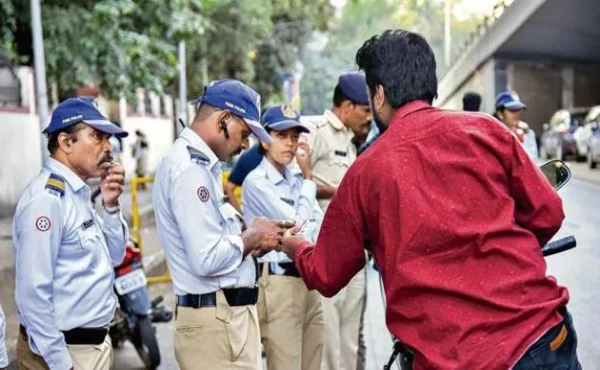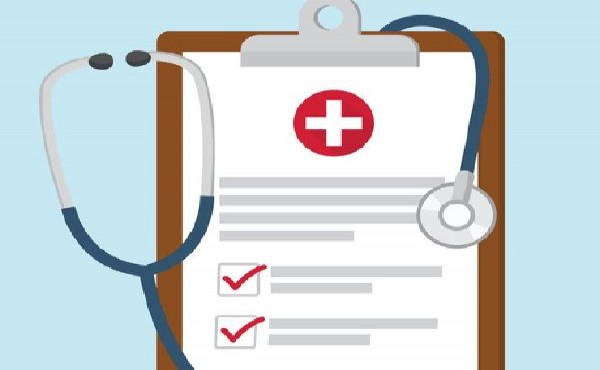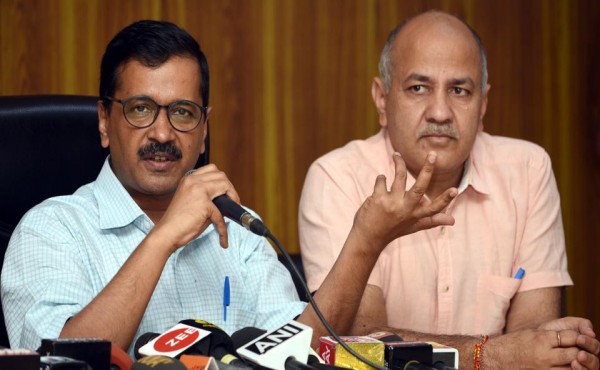E-courts and E-filings: Is it accepted as the “New Normal”?
Dated: July 26, 2020
- By Megha Bhatia
There are several stakeholders in the Justice Delivery System, and they are mainly the Judges, Advocates, Litigants and Public. Today Public has also became part of the Justice Delivery System because there are several Public Interest Litigations (PIL’s) which are filed in the country and the public also has a means to know what is happening in the courts with regard to that particular issue which is being discussed in the courts.
Digitization of Courts
Presently, several High Courts and even the Supreme Court is dealing with such issues with which the country is concerned, which also means that the people need to know what is happening in these matters. Today a general impression that is created is Digitization of Courts and Video Conference Hearings which are taking place, enhancing the Justice Delivery System, that seems to be the impression that Learned Judges are carrying and that is why they want to push towards a system of Digitization of Courts and Video Conferencing. “But do the E-courts really help or enhance the Justice Delivery System?” Before looking into that, we should also have a glance at Arbitration, because whenever we are talking about E-courts we are also talking about Arbitration as it is also an important part of the courts system and the Dispute Resolution Mechanism.
So, today Digitization Video Conferencing also use Arbitration. It has also traditionally been used in International Arbitration or preparing pleadings, recording evidences, etc. There are several cross-border law firms who are involved or clients who are cross-border involved in Arbitration, and Video Conferencing does help in all these situations plus lot of witnesses do not need to travel to place of Arbitration as they can easily record their evidence sitting at their places of residence or places where they normally reside, which again brings us to the Justice Delivery System. It can be said that a Justice Delivery System is like an Onion which has the following layers (outer to inner):
- Access to the system.
- Engagement of the Clients and the Lawyers themselves. It can also mean how the client engages with the Lawyer and the way a Lawyer engages with the office or with the initial part of the Litigation itself.
- Hearings in court. They basically mean Open Court Hearings. Our legal system recognizes Open Court Hearings. The statutory aspect of the Open Court Hearing system includes:
- (a) Article 145(4) of the Constitution says, “No judgment shall be delivered by the Supreme Court save in open Court, and no report shall be made under Article 143 save in accordance with an opinion also delivered in open Court.”
- (b) Section 153B of the Code of Civil Procedure says, “The place in which any Civil Court is held for the purpose of trying any suit shall be deemed to be an open Court, to which the public generally may have access so far as the same can conveniently contain them: Provided that the presiding Judge may, if he thinks fit, order at any stage of any inquiry into or trial of any particular case, that the public generally, or any particular person, shall not have access to, or be or remain in, the room or building used by the Court.
- (c) Section 327 of the Code of Criminal Procedure also recognizes Open Court Hearings.
- Analysis of the Law and the facts that are presented to the judges.
- Judgement.
So, the Justice Delivery System delivers justice only when clients get good judgements or they perceived that they have achieved justice. The main core of this system is that Justice should be achieved.
The question of whether the public has any access to the court hearings held through Video Conferencing is to be answered by stating that NO, public has no such access. For justifying the process of Open Court Hearing:
- Interested person should be able to attend hearing as a spectator.
- Right of public to have access to courts is recognized under Section 153(b) of Code of Civil Procedure and 327 of Code of Criminal Procedure.
- The Presiding Judge has the power to decide that a trial in a particular matter may be held ‘in Camera’.
- Thus, ‘open courts’ are the rule and ‘in camera’ proceedings are the exception.
- Video Conferencing is mode available only to some of the Advocates appearing in a particular matter.
- Public has no access to hearings held through Video Conferencing.
Therefore, no doubt that E-courts and E-filings have made the life simpler during this pandemic, but it has created few bars for the general public as they have no longer access to such court proceedings.
District Level Awareness Programme on E-court
On July 25, 2020 the Supreme Court Judge and Chairperson of the E-Committee of the Supreme Court, Justice D.Y. Chandrachud, inaugurated the District Level Awareness Program in Local Languages on E-court services and E-court filings, along with guides and support workshops for advocates to spread awareness of the resources available to them.
Justice Chandrachud threw light on the E-Committee’s dream to ensure that technology reaches every corner of the country and that lawyers in the most remote districts would profit from it. It has been told that this lawyer preparation curriculum is part of a 2-pronged strategy implemented by the E-Committee. At the one side, the emphasis is at developing facilities from which litigants & supporters can access e-governance services, while on the other hand, Bar leaders need to be equipped to make the most of such facilities.
“Merely providing facilities won’t work unless the members of the Bar are duly trained to use the facilities”, stated Justice Chandrachud. “This 2-pronged programme is based on the knowledge that there’s a technological divide in India. Those working in metropolitan cities have access to the best technology. But credibility & spine or backbone of judicial administration in the country is provided by advocates who work in district levels. The first interface of the citizen with injustice or their attempt to remedy injustice is when they contact a lawyer at the district level. Unless we carry every member of the Bar with us on this mission we can never succeed. This project is an attempt to spread knowledge of ICT initiatives to members of the Bar. So our target is to attain 100 percent computer literacy for members of the Indian Bar.”
He further emphasized that the project was an initiative which could only succeed if members of the Bar not only embrace it, but take pride in it. Towards this end, it was informed, a training programme has been launched through which some “master trainers” have been trained intensively by the Committee, who have, in turn, trained a wider pool of trainers, to further impart training to lawyers in small districts. “The idea is to start a programme of creating trainers amongst advocates themselves”, added the Judge.
“It's a great achievement for that person to have passed law school and come to court. Now we don't want these lawyers to remain where they are. We have moved from the age of old forms of transportation into new forms and our young lawyers must be part of this movement.
...We cannot expect that a young lawyer will have a laptop. Where does a young lawyer spend Rs. 40,000 to buy a laptop from? Surely in that case, we must provide an E- governance centre, where they can go avail these services. If anyone of them hasn’t gone to the best educational institutions, the Court should be the centre point for providing education, so they can easily learn.”
This awareness campaign is the first move towards achieving the E-Committee’s aforementioned target, Chandrachud J said. The second stage is to compile and plan a list of all the advocates in India, to convey the resources accessible to them, while the third phase is to intensively train the E-Committee’s shortlisted advocates to become master trainers among the advocates. “This 3-phased programme has been envisaged & we plan to complete it in the next few months with the help of all Bar Councils & District Bar Associations”, he informed.
Speaking thoroughly on the issue of the resumption of Open Court Hearings , Justice Chandrachud clarified that the Committee of 7 Supreme Court Judges was looking into the matter with due consideration for all aspects. He went on to suggest that the Committee collected input from renowned public health professionals and followed the appropriate measures in line with the advice so provided.
“The reason why we had to resort to virtual court hearings during the pandemic was because otherwise justice would have been shut down. We had absolutely no option when the country was in lockdown to prevent the spread of infection.” Justice Chandrachud went on to say that although access to justice is highly necessary, it was a greater concern to shield one another from the outbreak of the pandemic.
“In a way the Court is very different from any other office, either of the corporate India or of the Government. These (Courts) are places where 1000s and 1000s of people congregate every day. There are different stakeholders, including members of the Bar, litigants, staff and lawyers who come in multitudes. We have to ensure that while access to justice is open for all, at the same time we protect each other against the spread of this pandemic. So we are all in it together. I don’t believe that judges or any segment of our profession stands away from the other.”
Justice Chandrachud also addressed the question of live streaming hearings of the Court and told that model rules are being formulated for the same. “We’ve already framed model rules on video conferencing, on e-ling. A High power Committee has been constituted to frame a Standard Operating Procedure on digitization.”
Top Stories

Adultery no longer a Criminal offence says Supreme Court...
September 29, 2018
Stamp Duty on transfer of Shares and Debentures
September 14, 2018
Are Adultery Laws Biased in India
August 13, 2018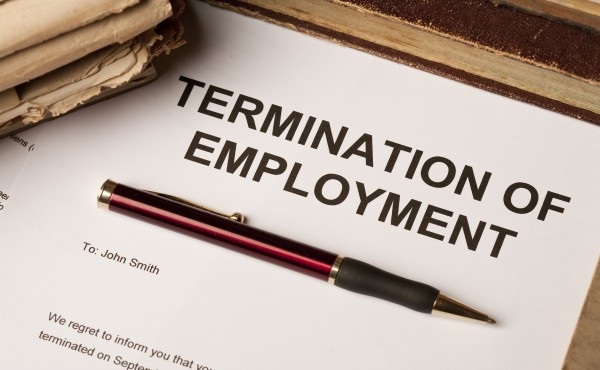
DISMISSAL, DISCHARGE, TERMINATION AND RETRENCHMENT OF AN...
September 14, 2018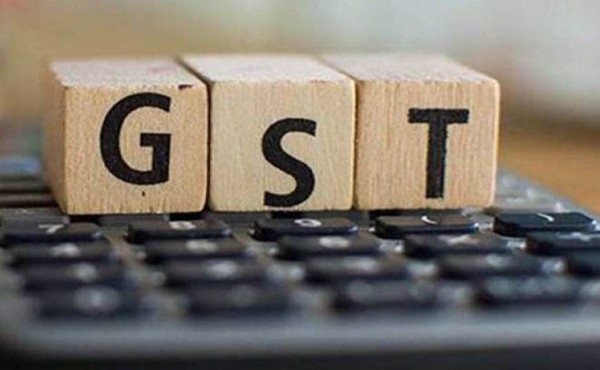
What are HSN and SAC codes in GST? What is the differenc...
April 28, 2020